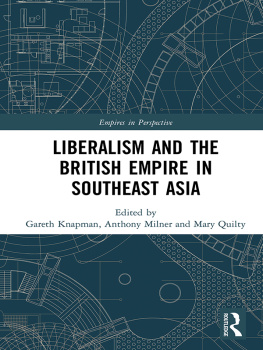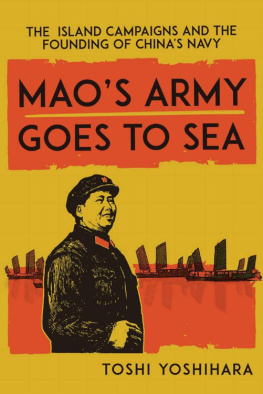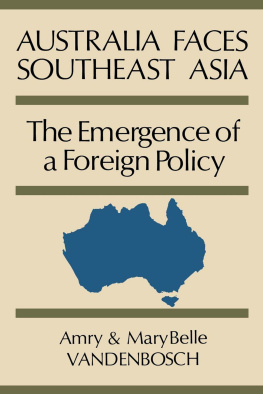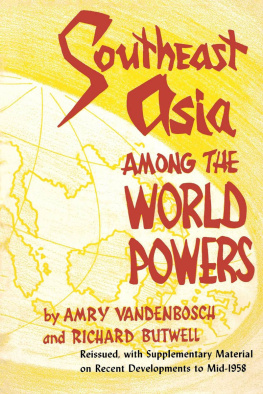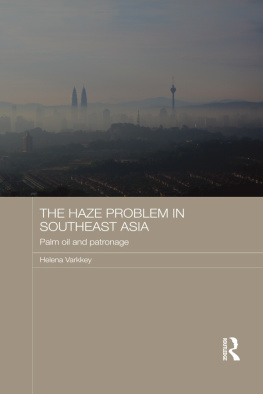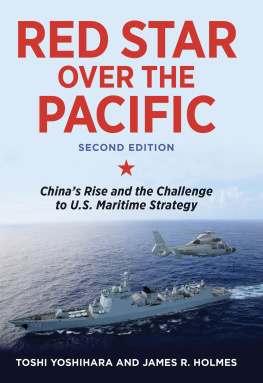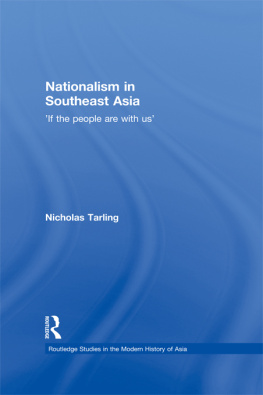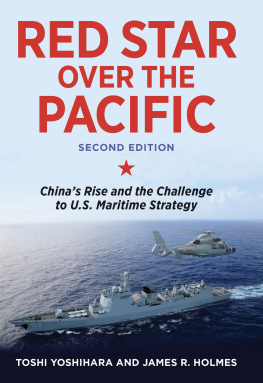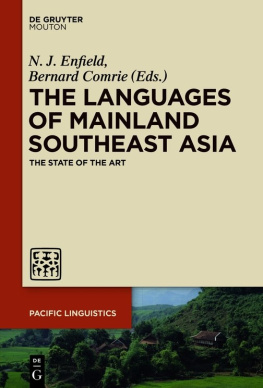First published 1999
by RoutledgeCurzon
2 Park Square, Milton Park, Abingdon, Oxon, OX14 4RN
270 Madison Ave, New York NY 10016
Transferred to Digital Printing 2006
1999 Asia-Pacific Press Holdings Ltd
All rights reserved. No part of this book may be reprinted or reproduced or utilised in any form or by any electronic, mechanical, or other means, now known or hereafter invented, including photocopying and recording, or in any information storage or retrieval system, without permission in writing from the publishers.
ISBN 0 7007 1251 8 (paperback)
ISBN 0 7007 1250 X (hardback)
Preface
The present economic trouble of the ASEAN 4 (Indonesia, Malaysia, the Philippines and Thailand) began with the devaluation of the Thai baht in early July 1997. One and a half years later, there is still no sign of economic recovery. The depressed condition is expected to continue in 1999.
What the crisis reveals is that the economies of the ASEAN 4 were driven by a large inflow of foreign capital in the first several years of this decade. When foreign investors felt uneasy about the situation there, they began pulling out their capital, which soon plunged the host economies into economic trouble. These economies would have stagnated in the late 1980s without capital inflow. At least, that is what I predicted in my book The Rise of Ersatz Capitalism in Southeast Asia published in 1988. Having built ersatz capitalism, I believed the ASEAN 4 could not keep expanding. But I failed to foresee that they would take measures to liberalize foreign capital and that industrial countries would pour in a huge amount of money into the region. The party could not go on, however. Those who were funding it began having second thoughts on the region's economic potential, and the reverse engine began working in early 1997.
What is ersatz capitalism? For one thing, it is a complacent capitalism. Without making serious efforts to increase savings or upgrade technology, it wants to grow by overcoming bottlenecks with foreign technology and capital. Since the ersatz capitalism of the ASEAN 4 has pursued an open economic policy to a certain extent, it could grow by exporting cheap labor in the form of goods. But when cheap labor dried up, it got into trouble. Without the ability to move upscale in exports, the most attractive areas for additional foreign capital were import substitution industries and property development the areas where foreign competition was not a problem. The latter became especially attractive for foreign investors, and in a due time, this created a bubble economy.
Ersatz capitalism is also a subspecies of capitalism dominated by rent-seeking and speculative capitalists. The salient characteristic is the desire to make money quickly without making much effort. Speculators' favorite areas are the stock market and real estate. How active they were during the bubble period can be seen from the high prices of stocks and land a few years ago. They bought stocks and land from each other, driving up their prices. Since this demand was not backed up by the real economy, the prices eventually had to collapse. Every type of capitalism has such speculators, but in Southeast Asia, there was greater frenzy of speculation. One major reason is the prevalence of the belief that money can be made easily. It may be related to Southeast Asian culture, but also to the rent-seeking environment discussed below. Another reason is that in stock markets, since the financial reports of companies are not very trustworthy, stockholders want to sell quickly while prices are high, instead of holding long-term.
In ersatz capitalism, political connections are exploited extensively by rent-seeking capitalists. For example, property developers want to use political connections for converting the land they acquired into more value-added use by changing zoning restrictions; industrialists want to get tariff and non-tariff barriers established for their products or get large low-interest loans from government financial institutions by getting their projects designated as national projects; bankers want to get new entry restricted so that they can form a lucrative cartel. Politicians and bureaucrats back them up not only because they get returns by doing so, but also because they believe that modern bank buildings and large industrial complexes are the signs of economic progress. They do not understand that what is really important is not such exteriors as buildings and machinery but cost-effective ways of improving the economic welfare of people. Monopolistic large enterprises are doing a lot of damage to the economy, but remain important because of their political influence and/or the backing of politicians and bureaucrats. Among the ASEAN 4, the worst such case is Indonesia.
Although this book discusses in Chapter 1 how the trouble was brought about, the main task is to offer a prescription for moving from ersatz to echt capitalism. Echt capitalism is a subspecies of capitalism which sustains high economic growth over time and prevents such economic catastrophes as the ASEAN 4 are experiencing today. I do not want to give the impression that echt capitalism is problem free. Being a type of capitalism, it is subject to economic ups and downs, but such fluctuations will be much less severe than the present series. Furthermore, sustaining high economic growth for some time, it eliminates poverty and delivers a level of income comparable to Taiwan's without much difficulty.
What needs to be done to create echt capitalism is to change the institutional framework of capitalism in the pre-crisis period and reinvent capitalism for the future. It may be politically difficult, but people can do so if they think it through and get organized. The prescription given in this book does not require international coordination. Certainly, international coordination helps, but one country can implement the prescription by itself if the other countries choose not to become involved. What is needed is the political will in a country.
A number of prescriptions have been offered. Mine is one among many, and whether it is better or not has to be judged by the reader. It is not necessarily unique, but I try to explain persuasively why it makes sense in Southeast Asia. I essentially argue that the only way to build a dynamic economy is to accept free trade and investment (capital movement) and build an institutional framework which is compatible with it. For that, a country has to be innovative, keeping in mind that the economic uplifting of the masses is the most important economic goal.
There are a number of economists and intellectuals who argue against free trade and investment. Even those who argue for free trade and free direct investment question the free movement of short-term capital. The simplest way to discredit it is to call it speculative capital, because many people think speculation is some kind of evil. But I believe that even short-term capital should be left free. I will explain why this has to be so.
The prescriptions for a prosperous Southeast Asia differ largely because their authors have different views of the behavioral tendency of individuals in collective decisions. Although some may believe that there is one true view on this, I feel that it depends on time and place, so there can be different true views. But for Southeast Asia today, I believe that the governments should not interfere in the market economy. This is because government intervention created a large moral hazard for government officials and rent-seeking businesspeople in the past and because it is highly unlikely that the situation will change in the future.



